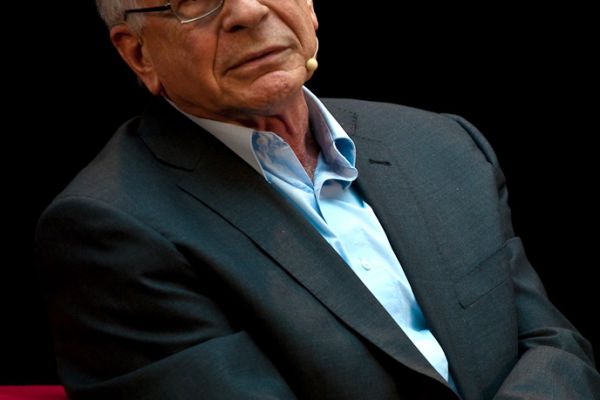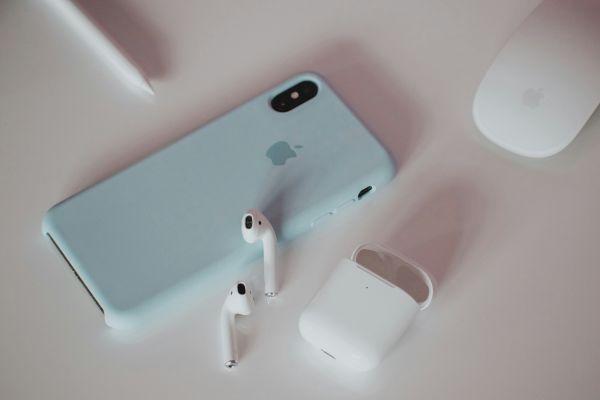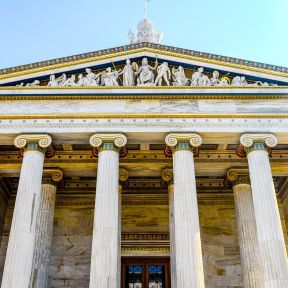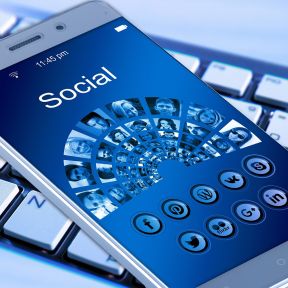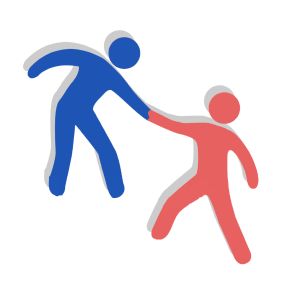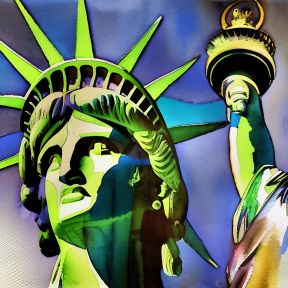
Behavioral Economics
Behavioral economics uses an understanding of human psychology to account for why people deviate from rational action when they’re making decisions. In the model of rational action assumed by traditional economics, a person is expected to weigh the benefits and drawbacks of an action and then choose the option in their own self-interest. Behavioral economic theories are used to explain most everyday decisions, such as what people buy, how they manage their finances, and whether or not they make healthy lifestyle choices.
Contents

Behavioral economics uses an understanding of human psychology to account for why people deviate from rational action when they’re making decisions. Traditional economics takes for granted that people have unlimited resources and time and always end up making the rational choice. American economist and cognitive psychologist Herbert A. Simon came up with the theory of bounded rationality, which explains how people’s rationality is limited by the timeframe, by their cognitive resources, and by the difficulty level of the decision. Simon said that decision-makers frequently act as satisficers, seeking a satisfactory solution instead of an optimal one.
Nobel Prize-winning cognitive psychologist Daniel Kahneman (who also came up with fast and slow thinking systems) and Amos Tversky developed prospect theory, which shows how irrational decision-making is informed by clinical psychology. Prospect theory has two stages: an editing stage, where heuristics or mental shortcuts are applied in risky situations, and an evaluation stage, where psychological principles like loss aversion and reference dependence are used to analyze risky alternatives.
These theories and a better understanding of irrational decision-making inspired further developments in behavioral economics. American economist and Nobel laureate Richard Thaler outlined mental accounting as the process by which people code, categorize, and weigh economic outcomes. Thaler also developed nudge theory to explore how people’s choices can be influenced (aka “nudged”) by individuals and organizations taking advantage of framing and heuristics.
Traditional economics explains how people make decisions when they have all available information and can take the time to think rationally about their options. However, real-world choices are often limited by deadlines, uncertainty, and risk, leading to behavior that may seem irrational out of context. Behavioral economics offers insights on how people can make better decisions given these constraints.
Besides providing deeper insight into what motivates human behavior, understanding behavioral economics can help people exercise greater self-control and develop healthy habits (e.g., exercising more or drinking less). Often, thinking more about their future self and long-term goals can help people make better decisions and not give in to harmful impulses and addictions.
Many organizations use economic incentives to achieve a behavioral goal. These incentives can be positive (e.g., a work bonus) or negative (e.g., a fine for bad behavior). Oftentimes, these incentives will backfire from turning a social exchange into an economic one. Incentives must be both achievable and progressive to be effective at changing behavior.

Instead of making optimal choices, people often behave in ways that seem irrational and even against their own interests. Behavioral economics explains why individuals may make irrational choices by demonstrating how their decision-making is influenced by:
- Biases (such as future discounting)
- Heightened emotions
- Faulty heuristics
- Mental fatigue
- Loss aversion
- Choice overload
- Perceived social norms
- Situational framing
- Context
What's more, many decisions must be made under conditions of great uncertainty, where not much is known about all the risks and benefits of a choice or where those features are constantly shifting. Behavioral economics aims to understand the effects of uncertainty on decision-making in such realms as consumer purchasing, financial savings, and lifestyle changes.
A knee-jerk bias involves making fast, instinctive decisions instead of taking time to deliberate. With Occam’s razor bias, a person assumes that the most obvious solution is the best. A silo effect takes a too-narrow approach to making decisions. Confirmation bias focuses on information that affirms a given set of beliefs and assumptions. Individuals may also succumb to inertia bias—thinking and acting in ways that are familiar and predictable—or myopia bias—interpreting the world through the narrow lens of their personal history and emotional baggage.
To preserve cognitive resources, people may use heuristics to inform their decision-making. However, these mental shortcuts, often based on generalizations and subjective experience, may be limited or faulty. As a result, people make decisions based on imperfect information and lazy thinking that are just as likely to be wrong as they are to be right.
In the availability heuristic, people tend to base their judgment on how easy it is to recall relevant information. With the representativeness heuristic, people generally make wrong decisions, because they mistake their experience as representative of how likely something is in the rest of the world. The anchoring (and adjustment) heuristic uses an initial bit of information as an anchor by which to judge all other information, even if it’s wrong or flawed. The affect heuristic involves making a decision based on one’s current emotional state.
People are often limited by the time they have to make a decision. When too many options are available, it’s not possible to make a rational choice—you could take forever simply gathering information. As a result of this choice overload, people can experience decision paralysis, mental fatigue, and disappointment or dissatisfaction with their choice.

Many people are inclined to choose an option that brings instant pleasure, rather than the one which will beget long-term satisfaction at the expense of short-term gratification. Using behavioral economics, individuals and institutions can take advantage of this to manipulate people into a specific course of action or purchase.
One way that a person can be influenced is through a "nudge," a combination of positive reinforcement and indirect suggestions encouraging specific behaviors. Not all of these manipulations are harmful, as behavioral economics can be used to get people to make positive behavioral changes, such as eating less or saving more money.
In the book Nudge, Richard Thaler and Cass Sunstein define a “nudge” as a policy that influences people to make more desirable decisions via psychological, environmental, and social cues. Examples include putting healthy food at eye level instead of junk food. People still have free will—nothing is banned or mandated—but it’s easier to do what’s best for themselves in the long run.
One type of nudge is a scarcity appeal, which uses limited time offers or limited quantities to convince customers to stop procrastinating or deferring a decision and make a purchase. This works, because consumers are often afraid they will regret not buying something in the future.
Whether nudging yourself or someone else, it’s helpful to use reminders and prompts on a regular basis to keep target behaviors top of mind. Reframing negative thoughts as positive ones can boost motivation, and reducing the accessibility of temptations can prevent backsliding. Additionally, social pressure can be an effective tool to increase accountability for reaching one’s goals.
Nudges are generally cost-effective and simple to implement, but there is some debate over the ethics. Some argue that nudging can manipulate people into choices that they would not support, given time for reflection. Other ethical considerations include the nature of the defaults being offered, as well as the transparency of the motives and politics of the person or individual doing the nudging.

